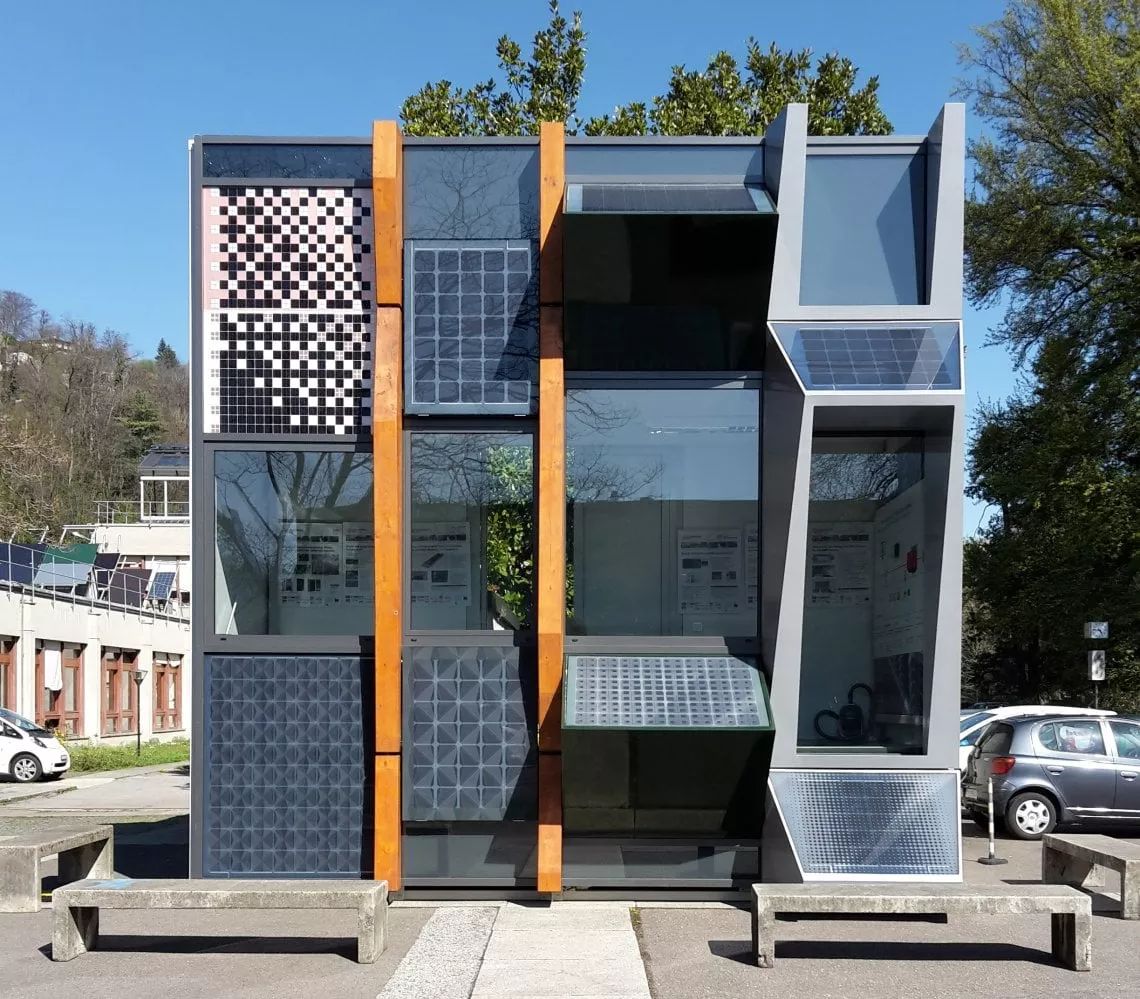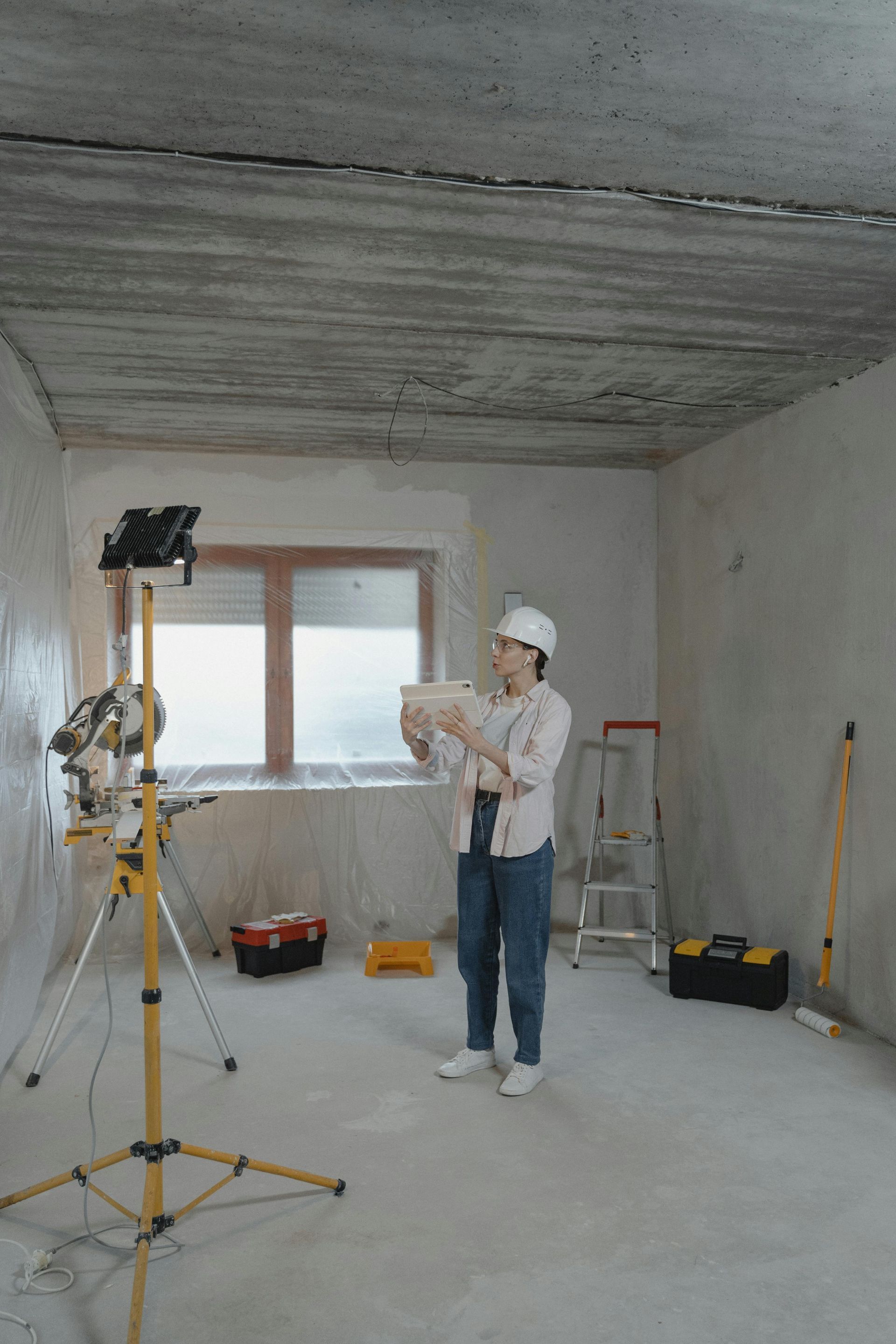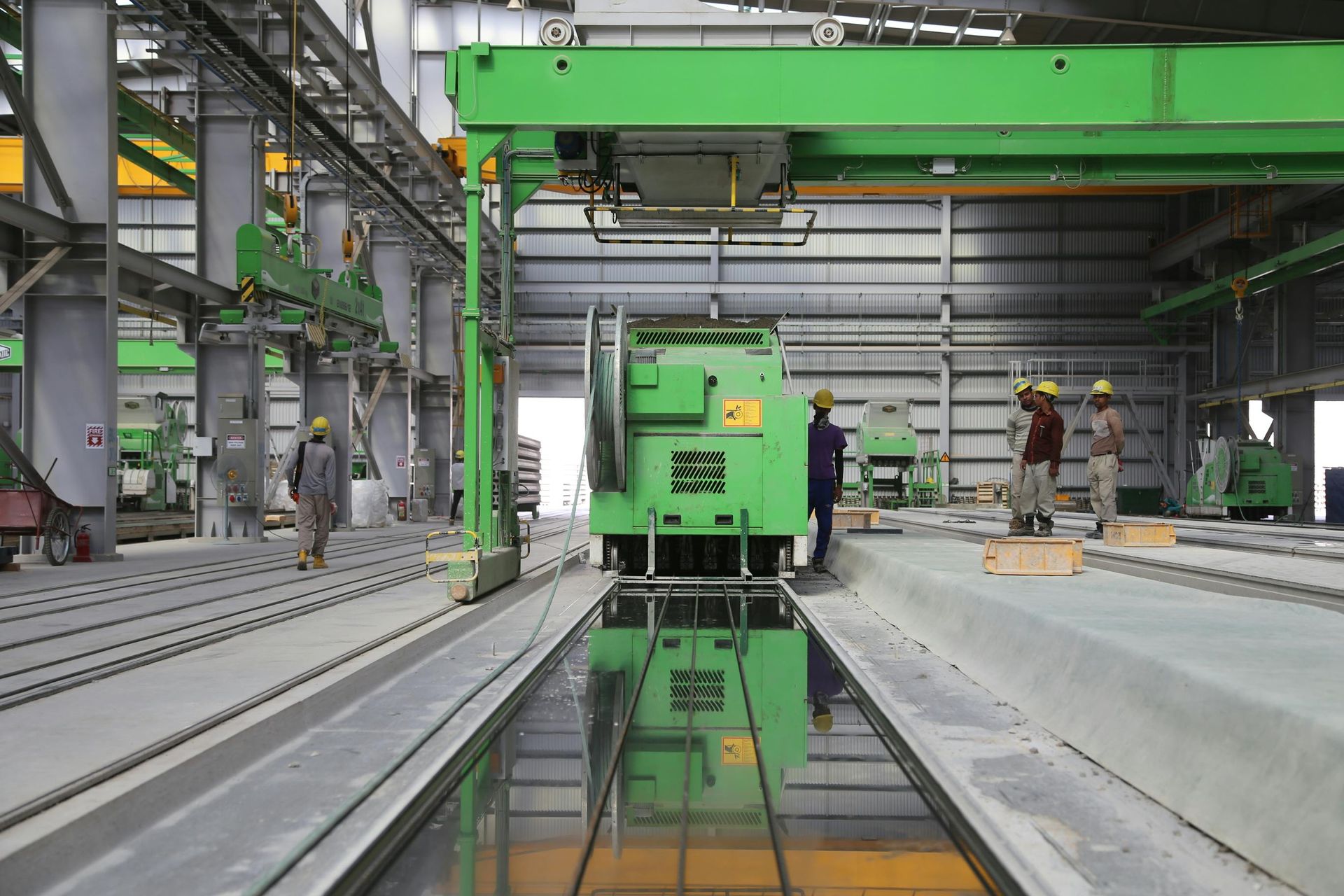Building Integrated Photovoltaic (BIPV) Stakeholder Engagement & Actors' Role
Make It Green
BIPV – Stakeholder Engagement and Actors' Role
Series: Make It Green BIPV-01
Article: 01/24
Introduction
Building-Integrated Photovoltaics (BIPV) are increasingly recognized as a crucial element in sustainable construction, offering a solution that goes beyond traditional solar panels by integrating energy generation directly into a building’s architecture. Unlike conventional PV systems, BIPV systems are woven into the design and construction process, making them more complex to manage and deploy. This article examines the pivotal roles played by different actors throughout the various stages of BIPV development, from research and design to implementation, underscoring the importance of a holistic approach.
Research and Simulation: The Foundation of BIPV Integration
Research institutions like EURAC, EPFL, and SUPSI are at the forefront of advancing BIPV technologies. Their work is fundamental in refining both the materials and systems used in BIPV, ensuring that these solutions are not only energy-efficient but also adaptable to diverse architectural demands. EURAC's research on climate-responsive façades, for example, demonstrates the importance of simulation in optimizing the performance of BIPV in various environmental conditions. At EPFL, cutting-edge simulations help architects visualize how photovoltaic elements can be seamlessly integrated into building designs without sacrificing aesthetics or structural integrity. Similarly, SUPSI has made significant strides in ensuring that BIPV systems meet stringent energy efficiency standards. Their research also supports the critical role of simulations in understanding how BIPV technologies behave under real-world conditions, ensuring that these systems are durable and capable of meeting long-term energy goals.

Fig. 1 | Innovative BIPV developed by SUPSI- Istituto sostenibilità applicata all'ambiente costruito(credit image: SUPSI)
Design Support: Bridging Innovation and Practicality
While research forms the backbone of BIPV, design support is equally essential. SUNAPPEAL is a key player in this space, providing architects and engineers with the tools and expertise needed to integrate BIPV into building designs. Their role ensures that photovoltaic elements are not treated as an afterthought but are incorporated into the initial design stages. By offering design support, SUNAPPEAL helps to navigate the complex relationship between form and function, ensuring that the final design is both visually appealing and energy efficient.
This collaboration between research institutions and design experts is crucial in addressing the dual challenge of making BIPV systems both efficient and aesthetically integrated. Without such a partnership, BIPV risks being perceived as a mere technical add-on, rather than a key feature of sustainable architecture.
Construction: The Role of Industry Leaders
When it comes to turning research and designs into reality, construction companies like ONYX Solar play a pivotal role. ONYX Solar’s experience in integrating photovoltaic glass into facades and other building surfaces has been transformative in demonstrating the real-world potential of BIPV. Their projects, from hospitals in New York to public buildings in Europe, showcase how BIPV can deliver energy savings while enhancing the visual appeal of structures.
However, the installation of BIPV systems is more complex than traditional photovoltaic systems due to the integration into building materials. This is where construction expertise becomes indispensable. The collaboration between designers and construction players ensures that the systems are installed correctly, maintaining both the structural integrity and the energy efficiency of the building.

Fig. 2 | Oustanding BIPV solution for skyscraper (creator: M. Donghi, credit: ONYX Solar)
Managing BIPV: A Holistic Approach
One of the key takeaways from BIPV projects is the need for a holistic approach. Unlike mature photovoltaic products, BIPV requires careful coordination across multiple stages—research, simulation, design, and construction—each with its own set of challenges. This holistic management ensures that BIPV systems are not only functional but also capable of meeting aesthetic and performance expectations. Moreover, managing BIPV projects holistically ensures that stakeholders are aligned from the earliest research stages through to final construction. Conferences such as Active Building Skin in Bern and EU-PVSEC play a crucial role in bringing together actors from all stages of BIPV development, fostering collaboration, and advancing the field. These congresses provide platforms for researchers, designers, and construction firms to share insights, learn from each other’s experiences, and push the boundaries of what’s possible in BIPV.
Conclusion: The Importance of Collaborative Effort
The success of BIPV projects relies on the concerted efforts of research institutions, design support specialists, and construction companies. Each actor plays a crucial role in ensuring that BIPV systems meet both aesthetic and energy efficiency standards. As we’ve seen, EURAC, EPFL, SUPSI, SUNAPPEAL, and ONYX Solar exemplify how collaboration across different stages can lead to successful BIPV implementation. Their work is proving that BIPV is not just a technical innovation but a transformative approach to sustainable architecture. As the industry continues to evolve, managing BIPV holistically will remain essential to unlocking its full potential. In the next article, we will explore the specific products and services driving innovation in BIPV, along with the risks and opportunities associated with their adoption.

Fig. 3 | Transparent PV-IGU (credit: Glass To Power)
Reference
Bonomo, P, Frontini, F., Loonen, R and Reinders, A.H.M.E. (2024), "Comprehensive review and state of play in the use of photovoltaics in buildings", in Energy and Buildings, vol. 323, 114737
Pelle, M., Causone, F., Maturi, L and Moser, D. (2023), "Opaque Coloured Building Integrated Photovoltaic (BIPV): A Review of Models and Simulation Frameworks for Performance Optimisation", in Energies, 16 (4)
Frontini, F., Bonomo, P., Moser, D. and Maturi, L. (2021), “Building integrated photovoltaic facades: challenges, opportunities and innovations”, in Gasparri, E., Brambilla, A., Lobaccaro, G., Goia, F., Andaloro, A. and Sangiorgio, A. (eds.) Rethinking Building Skins: Transformative Technologies and Research Trajectories, pp. 201-229
Bizzarri, F., Moser, D. and Mazzer, M. (2020), A Strategic Plan for Research and Innovation to Relaunch the Italian Photovoltaic Sector and Contribute to the Targets of the National Energy and Climate Plan (version 1.0: 16 July 2020).
Congress
Active Building Skin Conference – Bern [LINK]
The Active Building Skin conference in Bern brings together architects, engineers, and researchers to explore innovations in building envelopes, including BIPV integration. It's a key event for professionals interested in façade technology and sustainable energy solutions.
EU PVSEC (European Photovoltaic Solar Energy Conference) [LINK]
As one of the most important conferences on photovoltaics, EU PVSEC provides a platform for cutting-edge research on solar energy and BIPV systems. It’s a must-attend event for stakeholders aiming to stay ahead in the renewable energy space.
IEA PVPS (International Energy Agency Photovoltaic Power Systems Programme) [LINK]
The IEA PVPS publishes reports and guidelines focusing on various aspects of photovoltaics, including BIPV. Their expert analyses on global market trends, technology developments, and policy insights are essential for those involved in the field.
Solar Power Europe – BIPV Task Force [LINK]
SolarPower Europe is a leading association advocating for solar power deployment across Europe. Their BIPV Task Force produces reports and recommendations to drive the adoption of BIPV technologies in urban environments.
The World Architecture Festival (WAF) [LINK]
WAF is a premier global event for architects and designers, showcasing cutting-edge projects and future trends. It’s a key platform for discussing innovations like sustainable building, BIPV, and smart technologies. Would you like to join about BIPV promotion? Contact us for more information.
CALL FOR ACTION
Start your BIPV journey today with Levery and transform your construction projects or your building products into energy-generating, future-ready buildings. Let’s work together to create buildings that benefit people, enviroment and economic.
Contact us now to discuss how we can help you integrate solar power into your next project and drive the shift toward a greener future.






